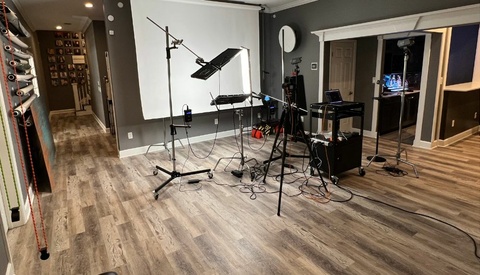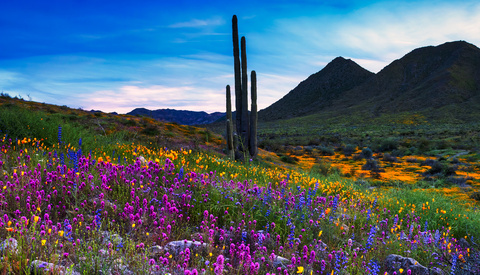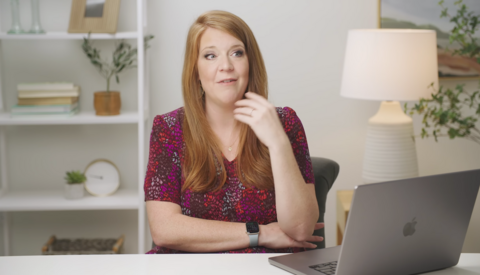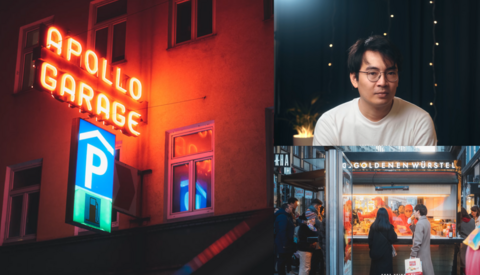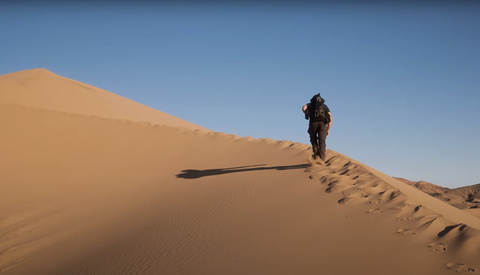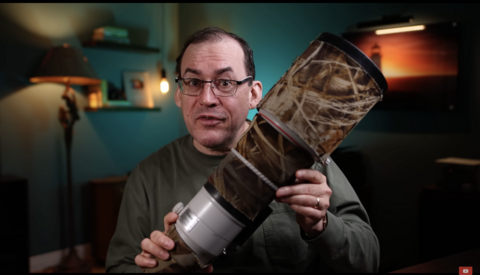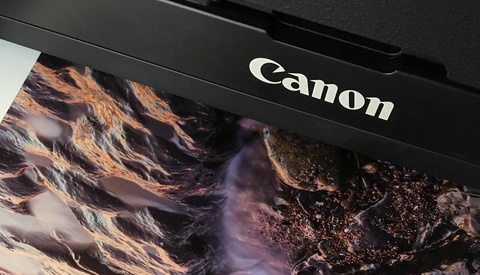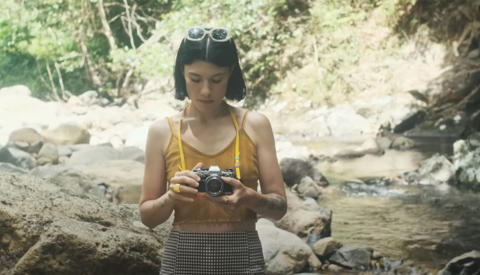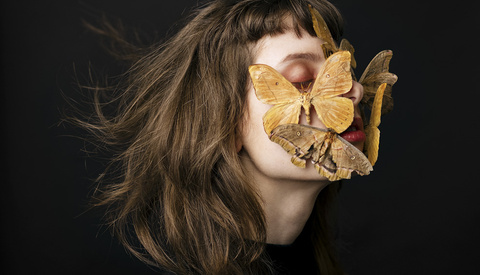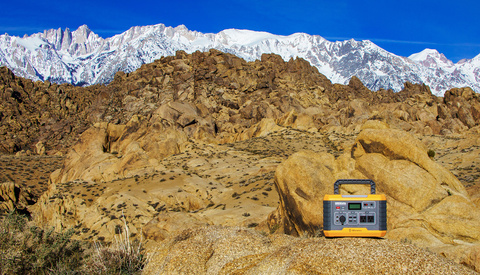An Honest Look at Your Chances of Being a Professional Photographer
Professional photography is a challenging career choice, taking a wide range of skills and tough skin. If that is something you are considering, check out this fantastic video essay that features an experienced professional photographer discussing what it takes to be a professional and the chances of finding success.



















